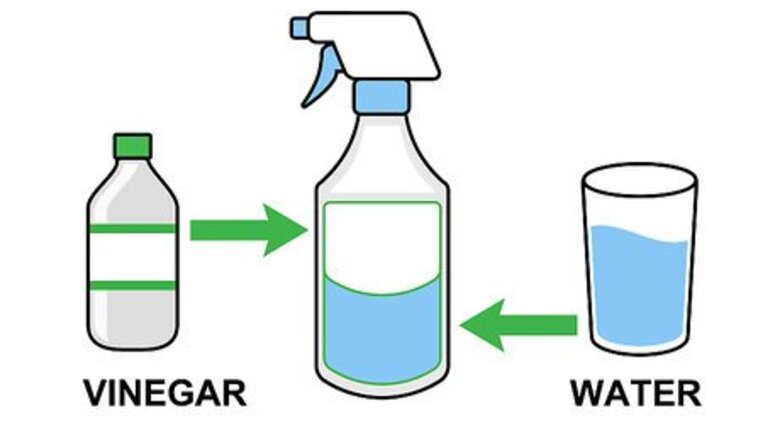
views
Cleaning Light Spots
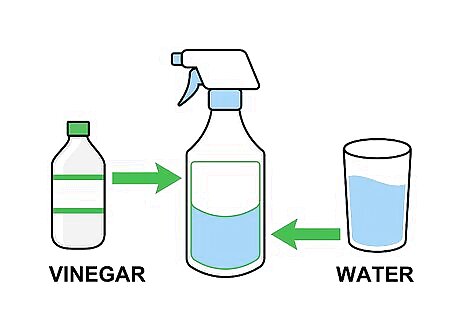
Make a vinegar solution. Vinegar - cheap, natural, white vinegar - is the best tool you can use to combat those every day hard water spots that keep your surfaces from gleaming. Prepare a 50/50 mixture of water and white vinegar in a spray bottle. If you're using a spray bottle that used to contain chemicals or other ingredients, make sure you wash it out thoroughly before you add the vinegar and water mixture. Be sure to use regular white vinegar. Apple cider vinegar and other types of vinegar won't do the trick.
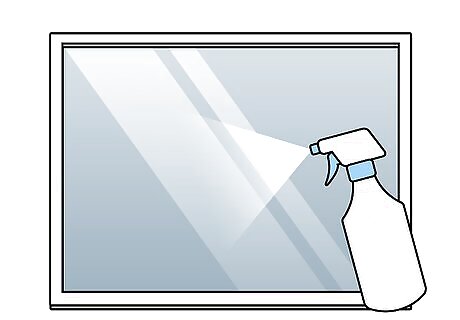
Spray the vinegar on the scummy surface. Whether it's your glass shower door, the sink or your floor tiles, go ahead and spray those spots with vinegar. Vinegar has a pungent smell but it's completely safe to use on surfaces other than wood. Spray the area thoroughly, making sure you don't miss any spots.
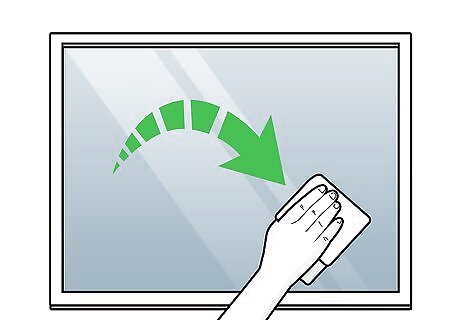
Wipe the surface with a towel. Light hard water stains should come right off. If you'd prefer you can instead pour the vinegar solution into a bowl and soak a rag in the solution, then use that to clean our surfaces.
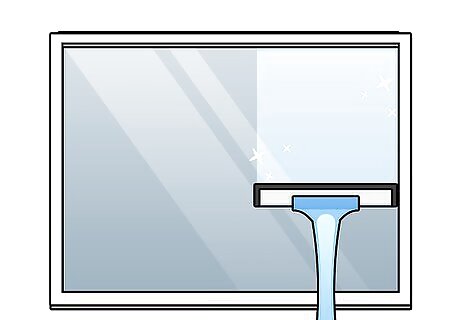
Rinse and squeegee the area clean. Then buff dry with a clean cloth. Make sure it's totally dry - otherwise, the water will leave more spots!
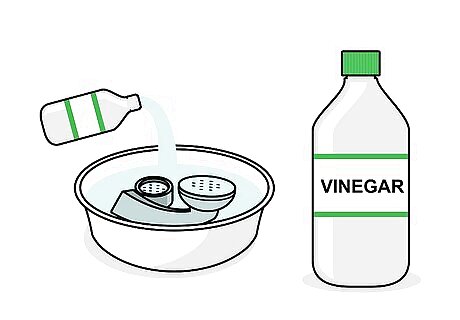
Clean the faucets and shower heads. Remove faucet aerators and shower heads periodically and soak them in vinegar. A brush will help to loosen stubborn deposits.
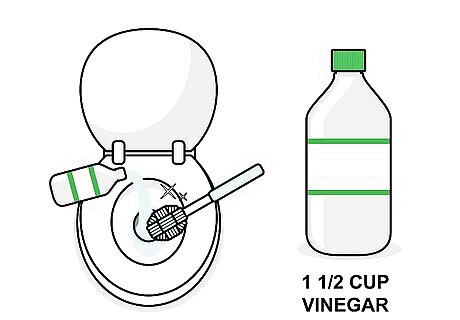
Clean the toilet, too. The toilet bowl may also be stained with hard water spots. Vinegar works to clean these stains, too. Pour 1 1/2 cups of vinegar in the toilet bowl. Use the toilet scrubber to scrub the spots until they're gone. Flush the toilet to get rid of the vinegar.
Getting Rid of Tougher Scum
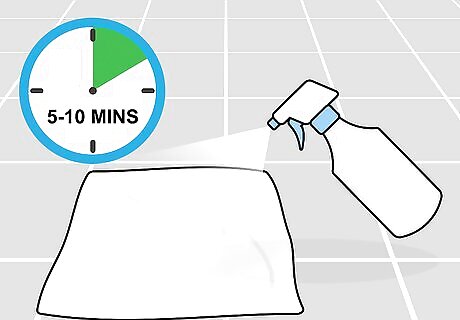
Try letting the vinegar sit on the hard water spots. If you let it sit and soak in for a few minutes instead of wiping it off right away, it'll have more time to break down the mineral deposits holding the scum in place. Let it soak in for a good 5 - 10 minutes before you try to wipe it off. Use a scrub brush to loosen thicker deposits. You can also soak a towel in the vinegar solution and drape it over the stained surface. This works well for shower floors and bathtubs.
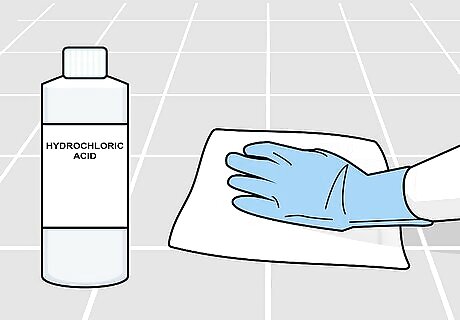
Use a cleaner with hydrochloric acid. Look for a bathroom cleaner made for getting rid of hard water stains and soap scum. This should be a last resort, since hydrochloric acid is a harsh chemical. Make sure the room is well-ventilated - open the windows and turn on the fans - then spray the stained area with the appropriate cleaner. Wipe it away, then rinse the surface with water and dry it. Be sure to wear gloves when handles hydrochloric acid.
Preventing Hard Water Spots
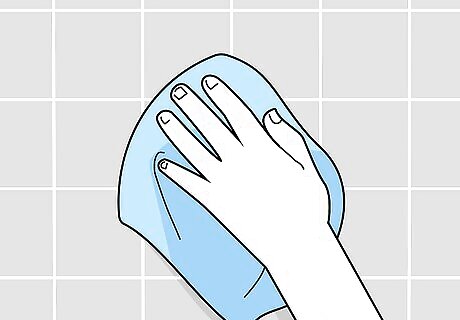
Dry your surfaces after use. After you take a shower or bath, or splash water in your kitchen, use a dry towel to wipe the surfaces. This will mop up the mineral deposits before they can dry out and leave spots.
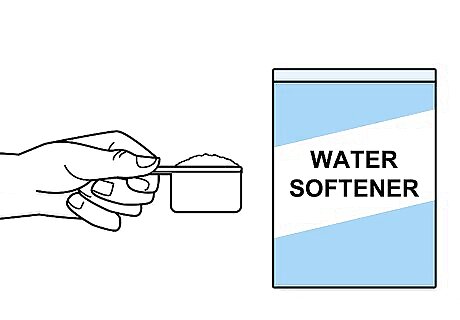
Use water softener powder or liquid. You can add a water softener to your washing machine to prevent calcium deposits from building up. Powder or liquid water softeners are available at hardware stores.
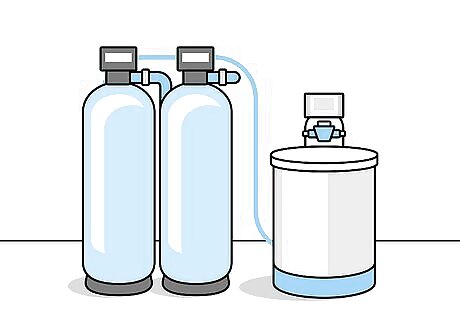
Get a water softener system. If your water is extremely hard and you're tired of dealing with the mess it leaves - it's hard on hair and skin as well as bathroom surfaces - consider getting a system installed that will remove the mineral deposits from your water. This is an expensive option, but it might be worth the trouble.




















Comments
0 comment